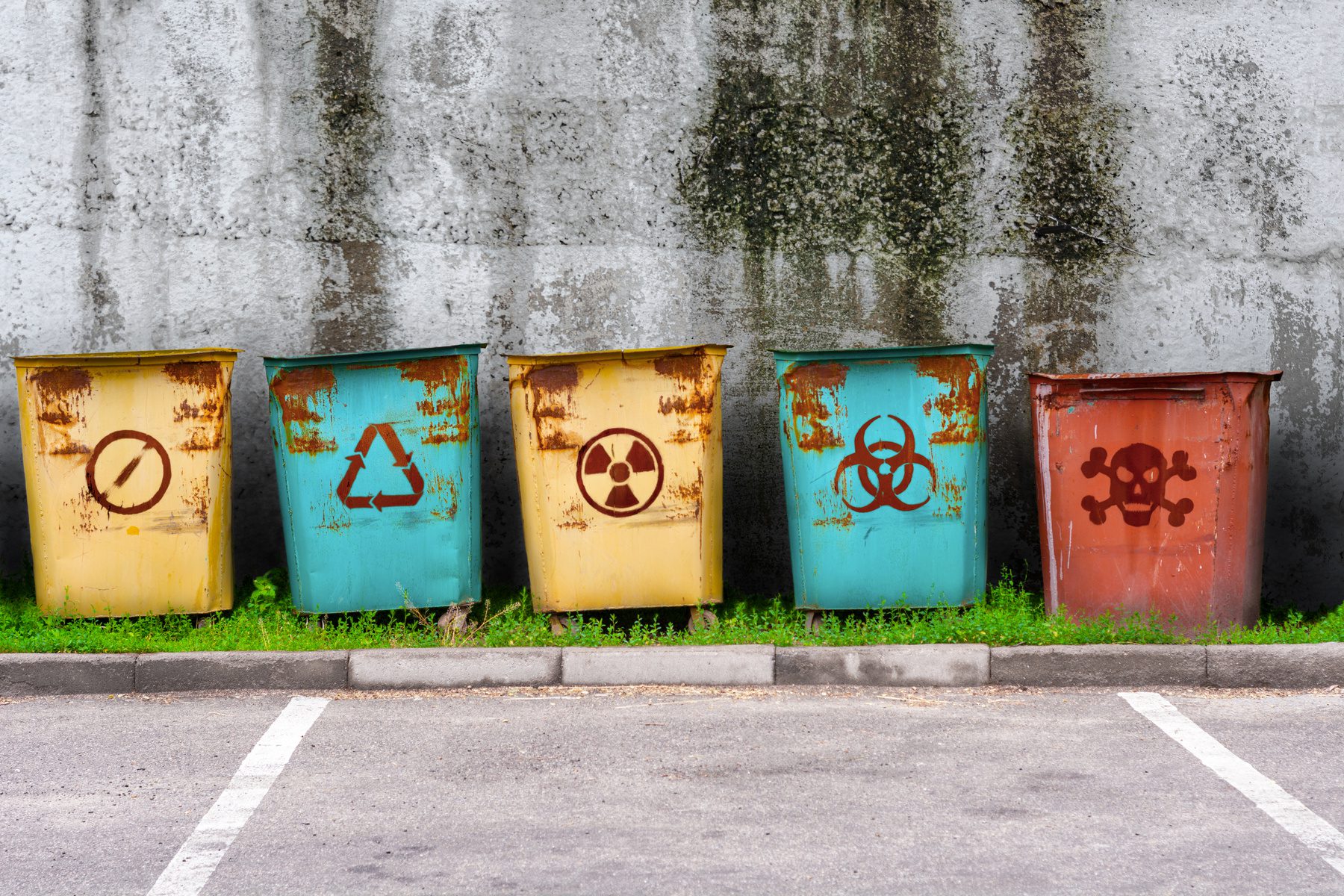
A facility’s generator status significantly determines its hazardous waste collection requirements under federal laws established by the Resource Conservation and Recovery Act (RCRA). Following suit, many states, including Maine, authorized its own RCRA program to ensure the proper management of hazardous waste.
On a federal level, the EPA regulates the management and disposal of hazardous waste and sets requirements for generators and generator status. A generator is any company, institution or individual that produces hazardous waste as a matter of business or causes a waste to become hazardous and subject to regulation. The generator status is determined based on the quantity of hazardous waste generated per site by a company within a specified time frame. As importantly, all generators of hazardous waste are responsible for accurately determining their generator status to ensure regulatory compliance. The EPA established three main generator categories to comply with:
Very Small Quantity Generator (VSQG)
These entities generate 220 pounds (100 kilograms) or less of hazardous waste per month. VSQGs are sometimes referred to as “conditionally exempt small quantity generators.”
Small Quantity Generator (SQG)
SQGs generate more than 220 pounds (100 kilograms) but less than 2,200 pounds (1,000 kilograms) of hazardous waste per month. An SQG category is subject to fewer regulatory requirements than Large Quantity Generators.
Large Quantity Generator (LQG)
As the category suggests, LQGs generate 2,200 pounds (1,000 kilograms) or more of hazardous waste per month. Due to large quantities, this category is subject to the most stringent regulatory requirements under RCRA.
In contrast to the three main categories of generator status established by the EPA, Maine’s Department of Environmental Protection (DEP) categorizes its quantity generator statuses as SQG, SQG Plus, and LQG. Maine’s SQG status is nearly equal to the federal level VSQG, with SQG Plus equal to the federal SQG. The state and federal LQG status requirements are nearly similar. To read the specific status requirements for Maine, refer to the DEP’s Handbook for Hazardous Waste Generators.
Hazardous Waste Collection Requirements by Generator Status
Under federal or state law, how a company’s generator status impacts its hazardous waste collection requirements is determined by the quantity it generates within a given period of time. VSQGs (or state equivalent) have the least regulatory burden. They are generally not required to obtain an EPA Identification Number, which is needed for hazardous waste transport and disposal. Instead, they can use a licensed waste collection service or an authorized consolidation point to manage their hazardous waste.
SQGs (or state equivalent) must follow specific storage, labeling, and recordkeeping requirements for hazardous waste on-site. They have limitations on accumulating hazardous waste stored on-site and must properly manage and dispose of waste within the regulatory time frame. SQGs must obtain an EPA Identification Number (and/or state number) and use this number on all hazardous waste manifests.
Due to the large quantities of hazardous waste generated, LQGs have the most stringent requirements. They must obtain an EPA Identification Number and follow comprehensive regulations for managing hazardous waste, including labeling, storage, reporting, and recordkeeping. They are subject to more frequent inspections and must have contingency plans and emergency response procedures. All LQGs must use a licensed hazardous waste transporter and complete hazardous waste manifests for all waste shipments.
Contact the Experts at Maine Labpack
A company’s generator status directly impacts its hazardous waste collection requirements, with more stringent regulations applying to larger generators. Specific generator status is determined not at the company level but at the facility level. In other words, hazardous waste generator status is related to a particular place and the amount of hazardous waste generated there. The EPA recognizes that a single company may have multiple locations and that only some may generate hazardous waste.
The total volume of hazardous waste generated in a calendar month determines the hazardous waste generator status and what regulations apply to that generator. Any facility that generates hazardous waste is responsible for it from when it is generated until it is properly disposed of. If you are unsure of your hazardous waste generator status or have questions on hazardous waste, contact the professionals at Maine Labpack. We are a licensed provider and offer comprehensive hazardous waste collection services to ensure our customers comply with regulatory obligations on the state and federal levels.
